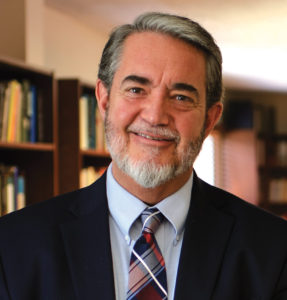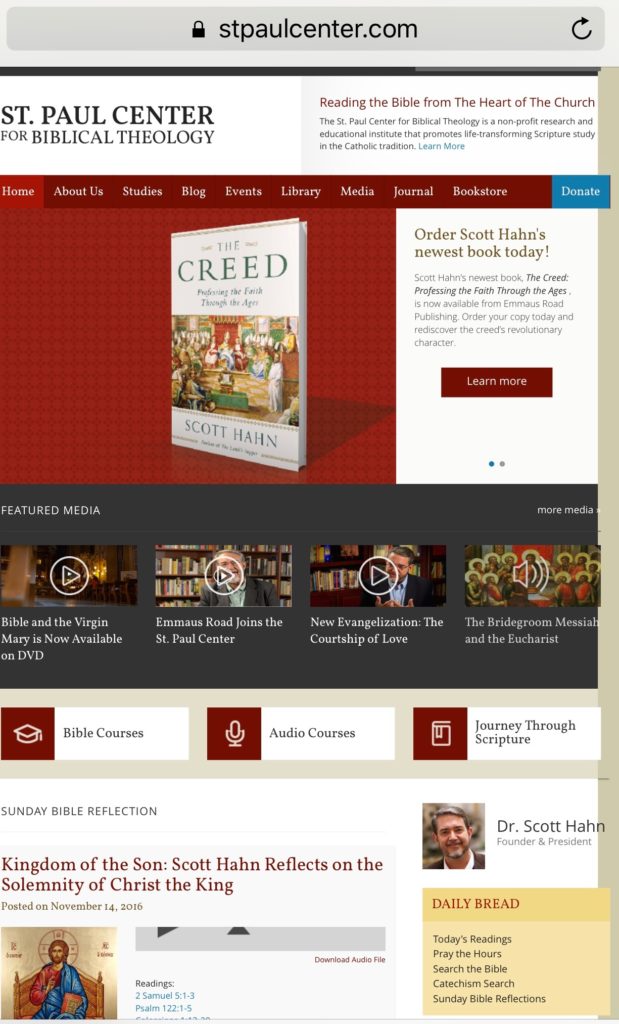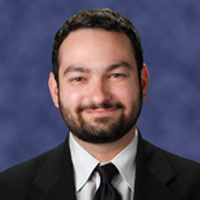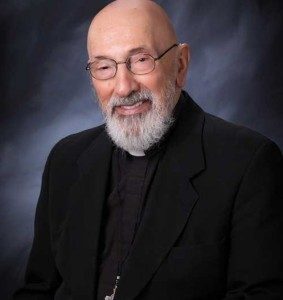Podcast: Play in new window | Download (Duration: 28:03 — 19.3MB) | Embed
Subscribe: Apple Podcasts | Spotify | Amazon Music | Android | Pandora | iHeartRadio | JioSaavn | Podchaser | Gaana | Podcast Index | Email | TuneIn | Deezer | Anghami | RSS | More
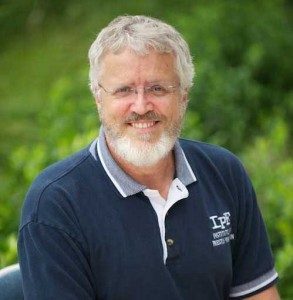
Episode 8 -The Way of Mystery: The Eucharist and Moral Living–
The Liturgy of the Word part 2: The role of the lector, the role of the deacon, and the role of those who receive the Word.
Deacon James Keating, Ph.D., the director of Theological Formation for the Institute for Priestly Formation, located at Creighton University, in Omaha.
The Vatican II documents remind us that the spiritual journey is not made in a vacuum, that God has chosen to save us, not individually, but as The People of God. The Eucharist must help Christians to make their choices by discerning out of Christ’s paschal mystery. For this process to take place, however, Christians must first understand how the Eucharist puts them in touch with Christ’s passion, death, and resurrection, and what concrete implications being in touch with this mystery has for their daily lives.
Check out more episodes at “The Way of Mystery” Discerning Heart podcast page

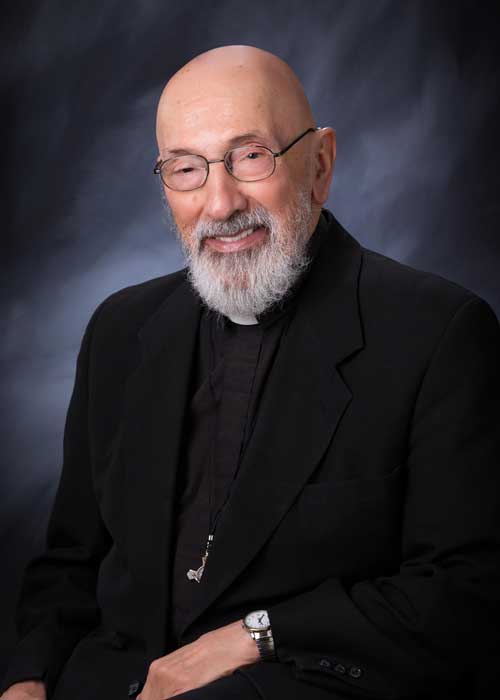 Msgr. Esseff reflects on the readings from the Acts of the Apostles and the encounter Jesus had with Nicodemus. This will lay the foundation for a series of talks on growing deeper in prayer.
Msgr. Esseff reflects on the readings from the Acts of the Apostles and the encounter Jesus had with Nicodemus. This will lay the foundation for a series of talks on growing deeper in prayer.